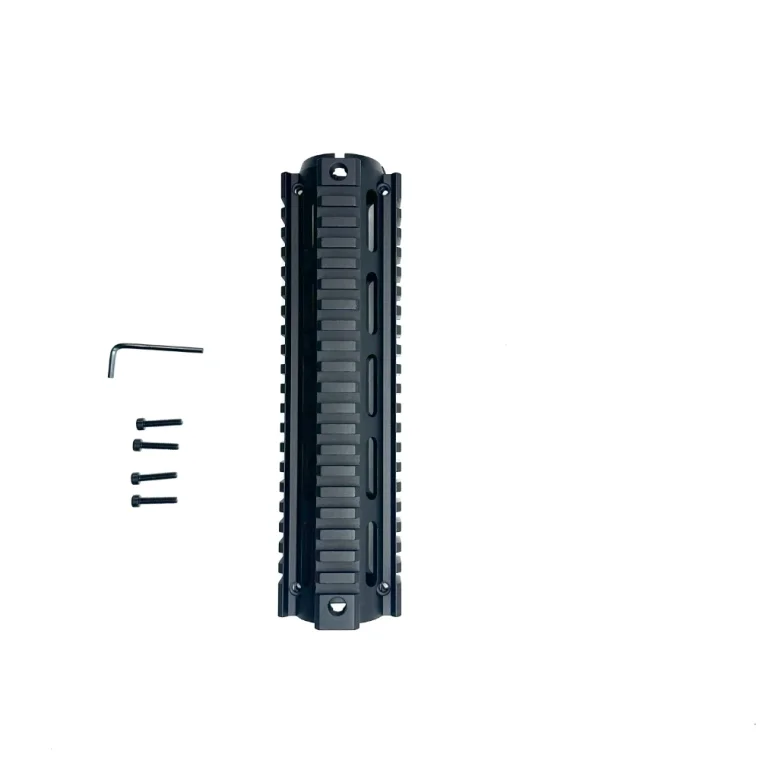In today's digital age, smart homes have become increasingly popular, offering convenience, security, and energy efficiency. However, to fully harness the potential of a smart home, a reliable and fast internet connection is crucial. In this article, we will explore the question: Is a 300 Mbps internet speed sufficient for a smart home? Let's delve into the various aspects and considerations to determine the adequacy of this speed for a seamless smart home experience.
- Understanding the Bandwidth Requirements of a Smart Home:
To evaluate whether 300 Mbps is enough for a smart home, it is essential to comprehend the bandwidth demands of various smart devices and applications. Smart home devices such as security cameras, smart thermostats, voice assistants, and streaming devices require a stable and fast internet connection to function optimally. Additionally, activities like video streaming, online gaming, and video conferencing can significantly impact the required bandwidth. - Evaluating the Network Traffic:
In a smart home, multiple devices are connected simultaneously, generating network traffic. Each device competes for bandwidth, potentially affecting the overall performance. It is crucial to consider the number of devices connected and their simultaneous usage to determine if 300 Mbps can handle the network load efficiently. - Assessing the Internet Service Provider (ISP) Quality:
While 300 Mbps may seem sufficient on paper, the actual speed experienced by users can vary depending on the quality of the internet service provider. Factors such as network congestion, distance from the ISP's infrastructure, and the quality of the modem and router can impact the speed and stability of the connection. It is advisable to choose a reliable ISP that can consistently deliver the promised speed. - Future-Proofing Your Smart Home:
When considering the adequacy of 300 Mbps for a smart home, it is essential to consider future needs. As technology advances and new devices are introduced, the bandwidth requirements may increase. It is prudent to future-proof your smart home by opting for higher internet speeds to accommodate potential growth and ensure a seamless experience. - Optimizing Network Performance:
Even with a 300 Mbps connection, there are several steps you can take to optimize your smart home network. These include:
- Upgrading your modem and router to support higher speeds and better coverage.
- Prioritizing critical devices by allocating bandwidth through Quality of Service (QoS) settings.
- Optimizing Wi-Fi coverage by strategically placing routers and using Wi-Fi extenders or mesh systems.
- Regularly updating firmware and software to ensure optimal performance and security.
Conclusion:
In conclusion, while 300 Mbps can provide a satisfactory experience for a smart home, it may not be sufficient for households with multiple devices and high-bandwidth activities. To ensure a seamless and future-proof smart home experience, considering higher internet speeds and optimizing network performance are advisable. Remember, a reliable and fast internet connection is the backbone of a truly connected and efficient smart home.






